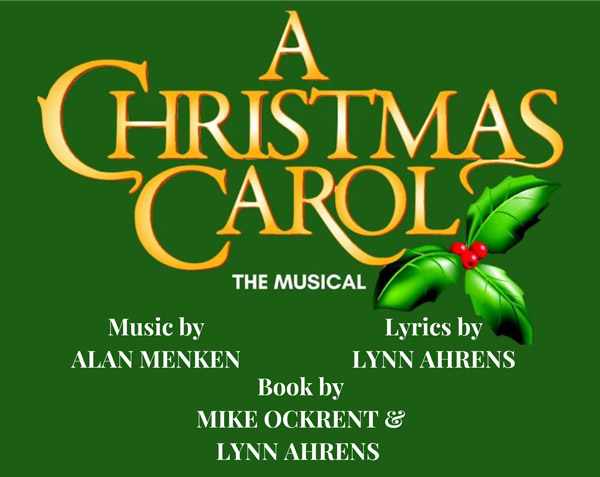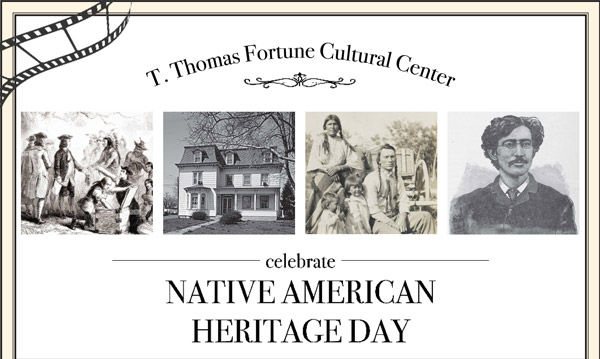By Christopher Benincasa, JerseyArts.com
originally published: 03/07/2019
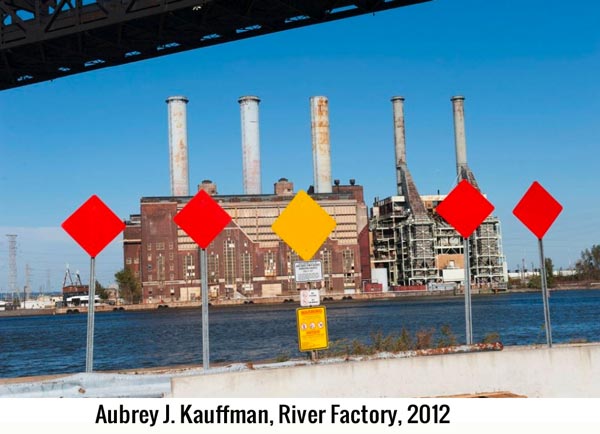
We recently took a stroll through the New Jersey State Museum with Curator of Cultural History Nicholas Ciotola to explore the exhibition Objects Count: A Decade of Collecting at the New Jersey State Museum. The show draws from all four museum collections: Fine Art, Natural History, Archaeology/Ethnography and Cultural History. Each curator chose 10 objects that had been acquired by the museum over the last 10 years, and the result is a fascinating and unlikely cross-section of New Jersey culture. From the flight suit of a South Jersey woman who became an aviator in the 1930s, to 8,000 year old arrowheads, to contemporary painting and photography, this show has a lot of stories to tell, each one from a unique and surprising angle. Objects Count is on view through April 28, 2019.
Discover Jersey Arts: I like that quote from Sherry Turkle at the entrance to the gallery – “We think with the objects we love; we love the objects we think with.”
Nicholas Ciotola: We wanted to put together an exhibit that really showed the breadth of what we do at the museum. Objects Count is a reminder that we are an active collecting institution. And it’s not just art – or history, which is the collection I curate – we also have a science collection, and an archaeology collection. Those are our four collecting bureaus – and we asked each curator from each bureau to come up with a list of ten items that they collected over the last ten years, and to tell our visitors the stories of these objects – what they tell us about New Jersey, as well as the whole country. Like the title of the title of the exhibit says – objects count. Objects matter.
DJA: Is the concept behind Objects Count linked to the philosophy of John Cotton Dana?
NC: Absolutely. John Cotton Dana – founder of the Newark Museum and the Newark Library – was a pioneer in the sense that he believed that museums should be by the people and for the people, and that their collections should reflect the communities they’re located in. And that really became the mantra of museums in New Jersey, and across the country. Our museum has a direct connection to Dana because he trained a lot of young curators in the early 20th Century, and those curators went out into the world – including our museum here in Trenton – and they brought Dana’s philosophy with them.
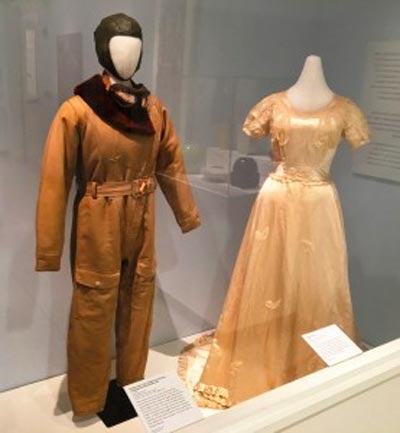 DJA: So, Dana changed to whole field?
DJA: So, Dana changed to whole field?
NC: Oh, yes. Every other year the New Jersey Association of Museums gives the John Cotton Dana Award to a museum for excellence in museum studies and getting people engaged in museums. He’s really an icon in our field – with a direct connection to our state.
DJA: Could you describe how you – and the rest of the curators – do what you do?
NC: Some of these objects – when they were acquired, we didn’t know whether or not they would go on display – or how soon. We have a collection of about two million objects and about 5% of them are on display at any given time. The rest are in storage. They’re used in other ways – for study, research, and so on. That’s one of the most challenging things about museum work – we’re charged with collecting these items for posterity, which simply means keeping them safe for future generations. Everything in our collection belongs to the people of New Jersey. There’s proactive collecting – that’s when we, the curators, go out and beat the bushes for objects for a specific purpose – but there is also a steady stream of people looking to donate items. We can’t take everything, but we do try to help find a home for everything.
DJA: Kind of like Antique Roadshow.
NC: Right, kind of like that.
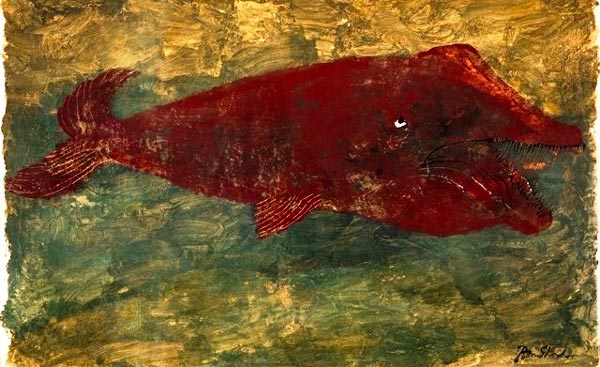
DJA: So, let’s talk about some of these objects – where should we start?
NC: So, here at the museum we have a large collection of historical clothing. The two examples here tell two different stories of Women’s History in New Jersey. The one on the right is a silk wedding dress from 1876. It was worn by a woman named Charlotte Stainsby, who was married to the 33rd governor of New Jersey, John Franklin Fort, who was succeeded by Woodrow Wilson. (This dress was also worn by her daughter.) The item next to it is a flight suit from the 1930s, which one might assume belonged to a male pilot. However, this belonged to a Burlington County woman named Jeanette Smith, who was an early New Jersey aviator. Smith trained as a pilot and flew planes with her husband, and in 1939 they founded the Echelon Flying Club, named after a flying formation, like geese in flight. They bought farmland in New Jersey and built their own airport. So, you have two historical clothing pieces from New Jersey women that tell very different stories.
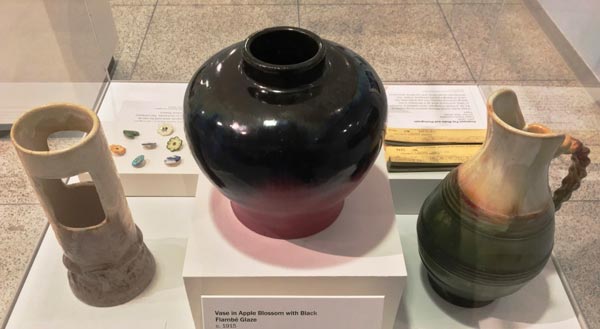
DJA: Very cool. OK, let’s check out something from the Fine Art department.
NC: Right here is this Ben Shahn piece. Shahn was a major 20th Century American artist who lived and worked in New Jersey. We took some creative liberties in putting this exhibit together. So, here you have a Ben Shahn piece depicting a whale or some other kind of giant sea creature – the piece is called Leviathan – and we’re displaying it next to a case of natural history specimens including the bone of a butchered whale. You can see the hatchet markings on the bone. This is from a time when this region had a booming whaling industry – mostly for the oil, which was used for lighting in the 19th Century. So, two objects, collected for very different reasons – but, for a show like this, we think it works to have them displayed together.
DJA: And over here we have some vases – and some ceramic flowers?
NC: Yep. New Jersey was always known as a cradle for ceramics production. They called Trenton the Staffordshire of America – Staffordshire being the big ceramics-producing region of England. There were hundreds of ceramics companies in Trenton and the surrounding area, including the Fulper Pottery Company in Flemington, which is where these pieces are from – vases, a pitcher, and these necklace flowers, which women could use as jewelry – strung on a necklace, made into earrings. Very vibrant colors, very innovative designs, yet these were everyday objects in the early 20th Century.
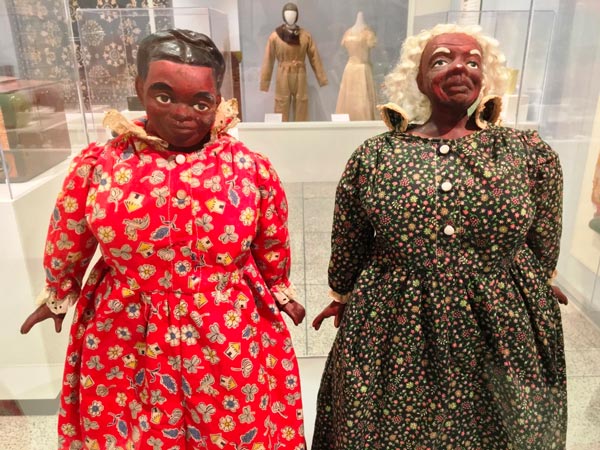
DJA: These dolls were the first thing that caught my eye when I walked in.
NC: They’re really interesting. These two dolls were made by an African American woman in the 1950s in Atlantic Highlands, New Jersey, and they were handed down through family and community networks.
DJA: They look, to me, very sculptural – In the Fine Art sense.
NC: We don’t know the whole story, so we don’t draw any conclusions – we want the visitor to decide what to make of them. We know the heads were commercially manufactured, and then the artist made the rest.
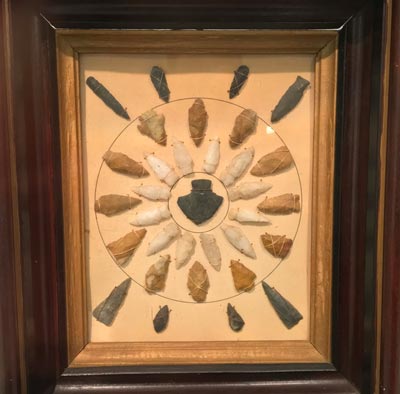 DJA: OK, let’s check out one more item – these arrowhead displays.
DJA: OK, let’s check out one more item – these arrowhead displays.
NC: One of the ways that we can track Native American culture and history is through projectile points and arrowheads. There are many private collectors, and that’s where these came from. They were donated to our Archaeology department and are mainly used for study and research. In this case, they came to us in these very nice, framed displays, which is pretty unusual. Spear points and arrowheads are often found washed up on the shore in New Jersey. Some of these objects date back to 6,000 BCE, some to 800 AD.
DJA: Wow, so 8,000 years?
NC: Right. One of the great things about the New Jersey State Museum is that it’s four museums in one. There are art museums, history museums, and science museums, but here we have four great, distinct collections covering a vast chronological period all in one place – from ancient artifacts like these to work made by artists living and working today.
About the author: Christopher Benincasa is an Emmy Award-winning arts and culture journalist. He produced content for NJ PBS for a decade before co-founding PCK Media. Christopher currently works as a freelance producer, video editor, writer, and communications specialist for a diverse set of commercial, non-profit, and government clients. His work has been featured on various PBS stations, and in American Abstract Artists Journal, The Structurist, Paterson Literary Review, and JerseyArts.com.
Content provided by
Discover Jersey Arts, a project of the ArtPride New Jersey Foundation and New Jersey State Council on the Arts.
FEATURED EVENTS
Narrow results by date, categories, or region of New Jersey.
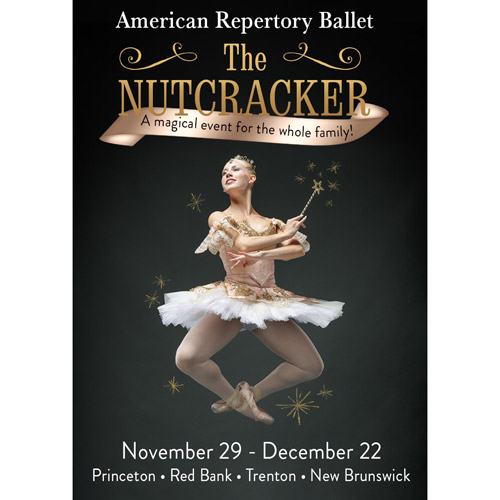
American Repertory Ballet's THE NUTCRACKER
Friday, November 29, 2024 @ 7:00pm
McCarter Theatre Center
91 University Place, Princeton, NJ 08540
category: dance
View event page for full information

American Repertory Ballet's THE NUTCRACKER
Friday, November 29, 2024 @ 2:00pm
McCarter Theatre Center
91 University Place, Princeton, NJ 08540
category: dance
View event page for full information
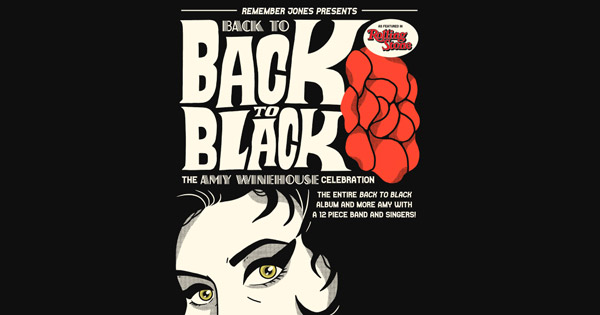
Remember Jones Presents back to BACK TO BLACK: the Amy Winehouse Celebration
Friday, November 29, 2024 @ 7:30pm
The Vogel
99 Monmouth Street, Red Bank, NJ 07701
category: music
View event page for full information
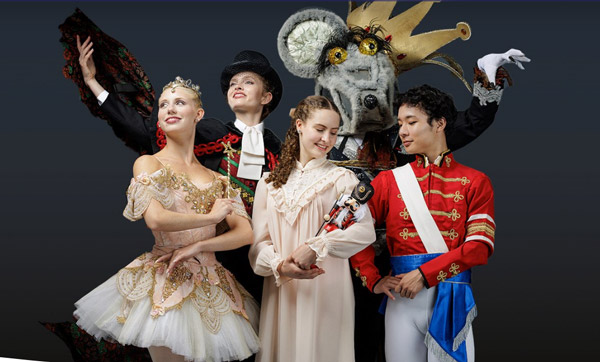
American Repertory Ballet Presents "The Nutcracker"
Friday, November 29, 2024 @ 7:00pm
McCarter Theatre Center (Matthews Theatre)
91 University Place, Princeton, NJ 08540
category: dance
View event page for full information

American Repertory Ballet Presents "The Nutcracker"
Friday, November 29, 2024 @ 2:00pm
McCarter Theatre Center (Matthews Theatre)
91 University Place, Princeton, NJ 08540
category: dance
View event page for full information
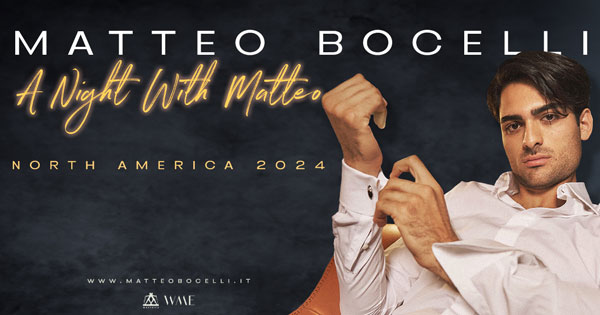
Matteo Bocelli – A Night with Matteo
Friday, November 29, 2024 @ 8:00pm
Count Basie Center for the Arts
99 Monmouth Street, Red Bank, NJ 07701
category: music
View event page for full information

A Charlie Brown Christmas: Live on Stage
Friday, November 29, 2024 @ 5:00pm
Mayo Performing Arts Center (MPAC)
100 South Street, Morristown, NJ 07960
category: kids
View event page for full information

A Charlie Brown Christmas: Live on Stage
Friday, November 29, 2024 @ 2:00pm
Mayo Performing Arts Center (MPAC)
100 South Street, Morristown, NJ 07960
category: kids
View event page for full information

Anthony Rodia
Friday, November 29, 2024 @ 8:00pm
Bergen Performing Arts Center (bergenPAC)
30 North Van Brunt Street, Englewood, NJ 07631
category: comedy
View event page for full information
More events
Event Listings are available for $10 and included with our banner ad packages
EVENT PREVIEWS

Mile Square Theatre presents the World Premiere of "The Christmas Show Must Go On"
(HOBOKEN, NJ) -- Mile Square Theatre presents the World Premiere of The Christmas Show Must Go On by Pia Wilson from November 29 through December 15, 2024. This is a new classic tale for Christmas! The fairies in the Christmas Realm have been losing their power and the Christmas ghosts may all be leaving the realm to become Halloween ghosts. Can the Christmas Fairy welcome humans to the show for the first time ever, stop the ghosts from defecting, and make the annual Christmas Show happen?
UPCOMING EVENTS
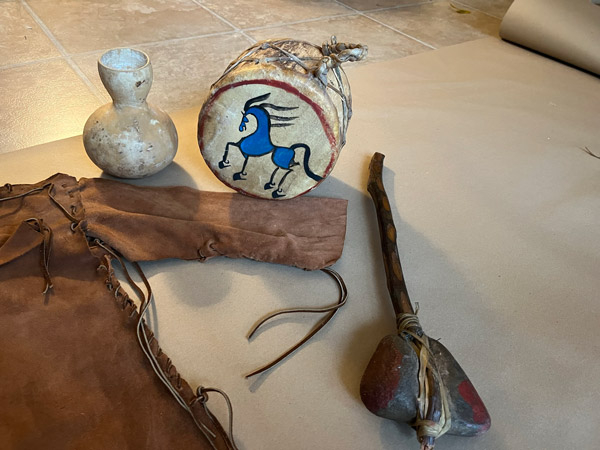
South Jersey's Indigenous Communities Celebrated in New A.C. Arts Garage Exhibit
(ATLANTIC CITY, NJ) -- A new exhibit at the Noyes Arts Garage of Stockton University will celebrate two southern New Jersey tribal communities through the display of historical documents, traditional artifacts and contemporary art. "Still Here: The Nanticoke Lenni-Lenape and Powhatan-Renape Nations of Southern New Jersey" opens October 9 and runs until January 5, 2025.



 DJA: So, Dana changed to whole field?
DJA: So, Dana changed to whole field?


 DJA: OK, let’s check out one more item – these arrowhead displays.
DJA: OK, let’s check out one more item – these arrowhead displays.






